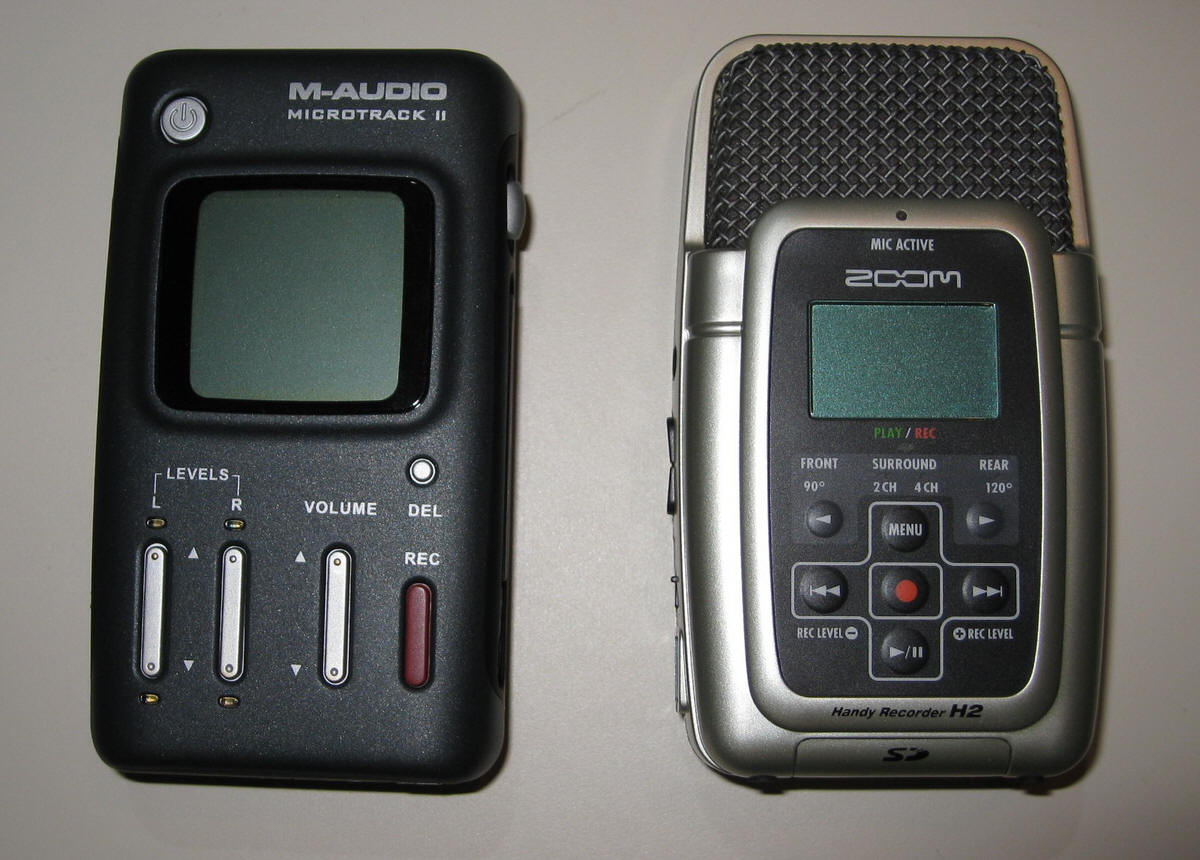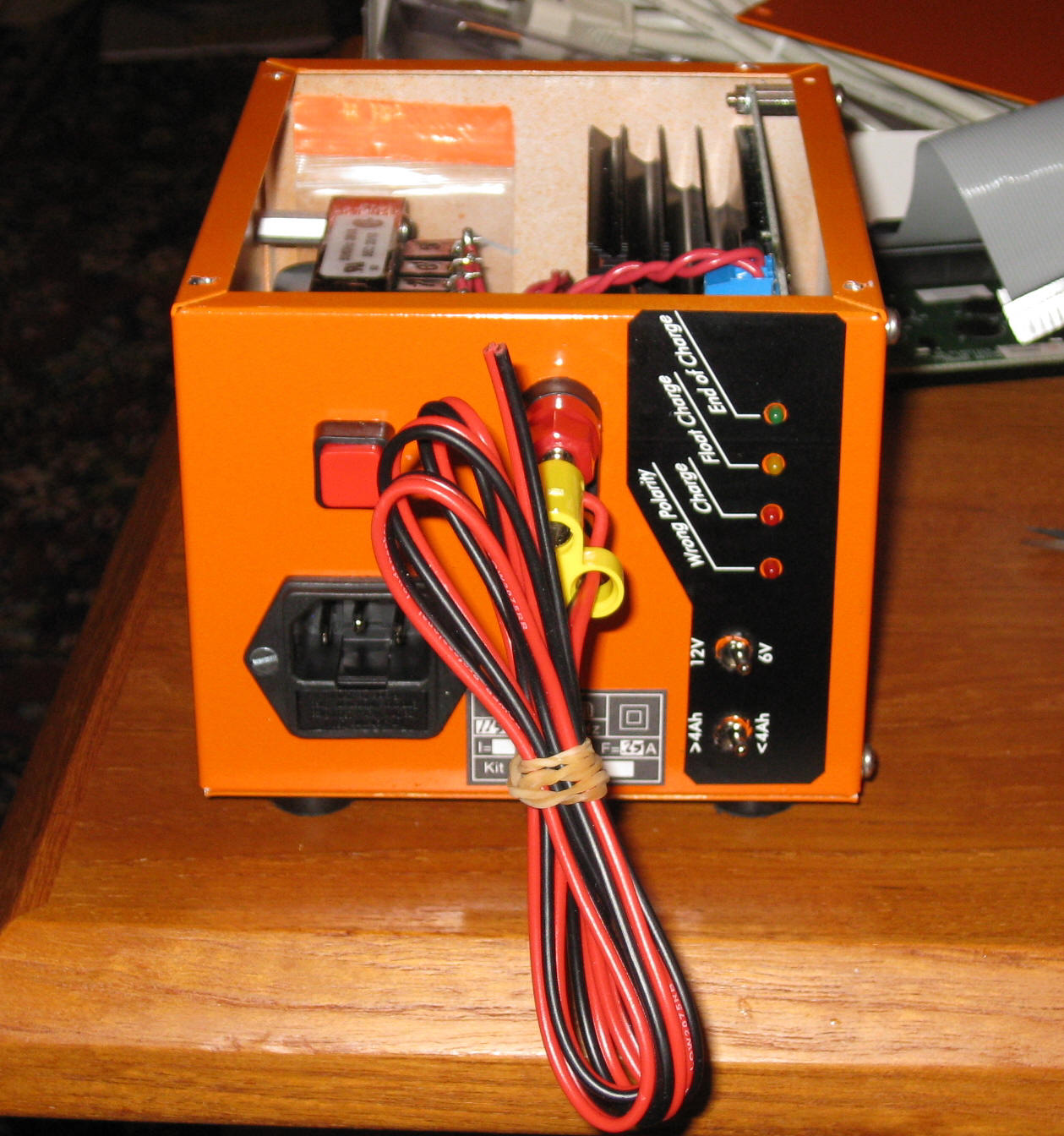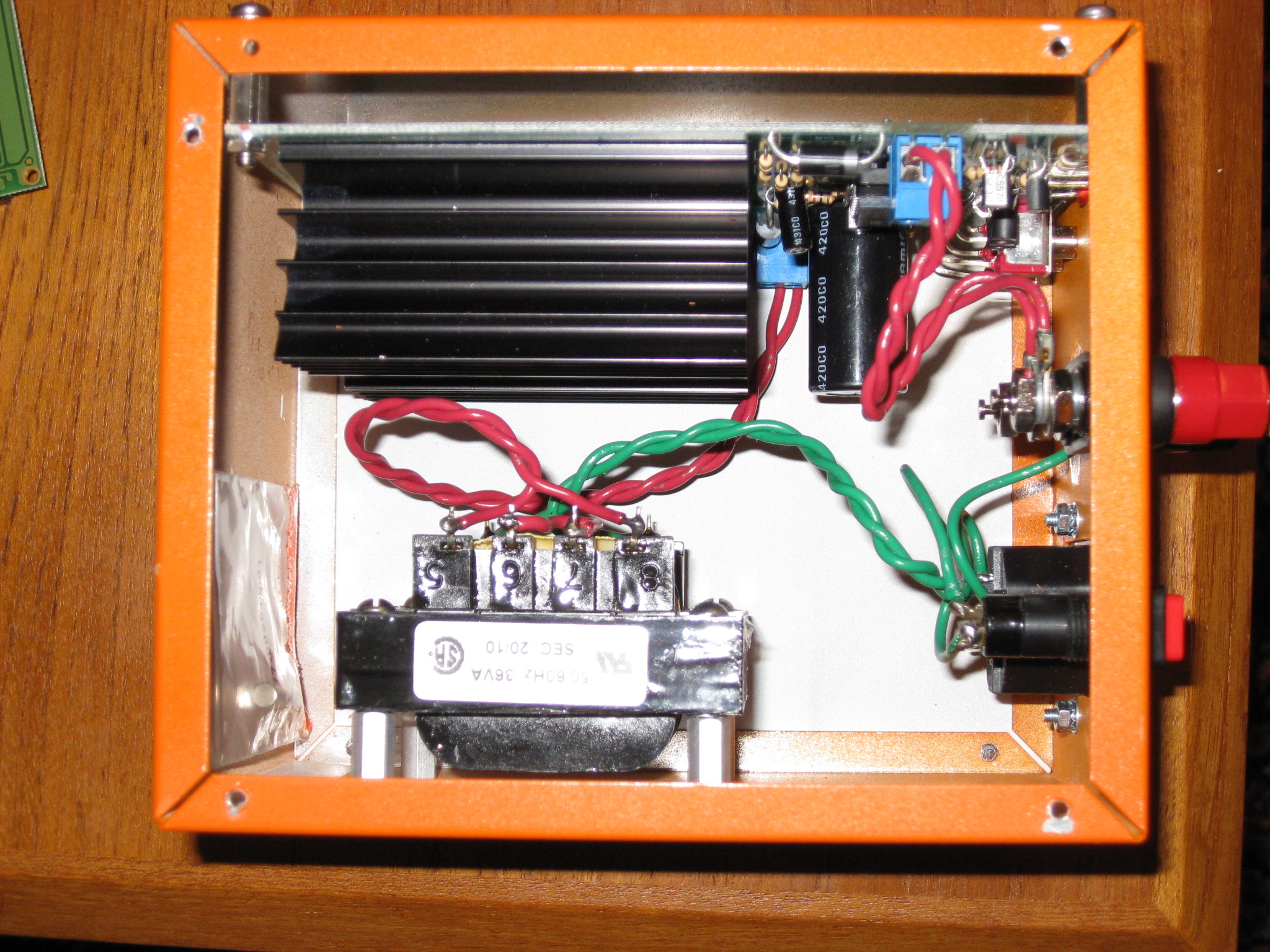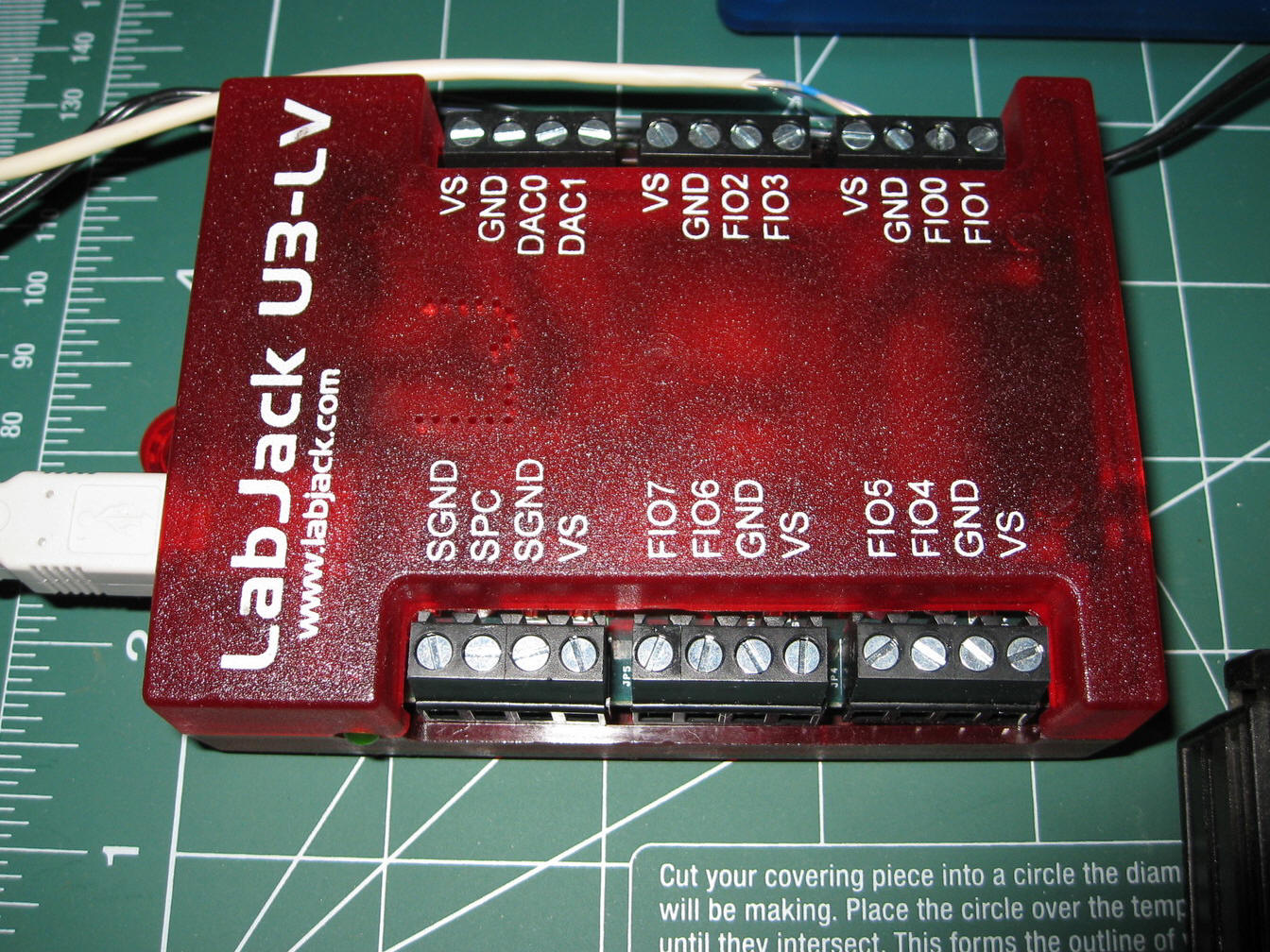Support Systems
Our observatory includes more than just the equipment used for observing and measuring natural phenomena. We use a wide range of support equipment and tools to build, operate and maintain this equipment. Some of them are described here.
Audio mixing and combining
The receivers used in our observatory have unbalanced audio outputs, which can lead to problems with noise and hum from ground loops. This is particularly troublesome when two receivers are connected to the stereo LINE IN jack on a PC soundcard (a common setup when we are using Radio SkyPipe software to monitor the output from two receivers). To eliminate these problems we use an adapter that is made from two audio coupling transformers. The transformers provide galvanic isolation between the receivers and soundcard. Click here for a document describing the construction of the stereo adapter.
In some situations it is necessary to combine the audio outputs from more than one source into a single channel. We use a shop-built audio mixer that has four transformer coupled isolated inputs. This mixer is based on an Elliott Sound Products design that we modified for our somewhat specialized requirements. Click here for a document describing the audio mixer.
Audio recorders
When we take portable receivers to the field for observations, we use the M-Audio MicroTrack II and Samson Zoom H2. Both are small, handheld units that record in a variety of formats including .WAV and .MP3, use rechargeable batteries and have large storage capacity. The MicroTrack II is equipped with an 8 GB Compact Flash memory card and the H2 is equipped with a 2 GB SD memory card. See photo below.

Lead-acid battery chargers
Some of our shop-built receiver and measuring systems use valve regulated lead-acid (VRLA) batteries as the power source in the field. This eliminates the need for a nearby ac power source and allows us to use the equipment at remote field locations far from the influence of noisy powerlines. Battery life is prolonged if the charging voltages are controlled.
For batteries smaller than about 12 Ah we use a shop-built charger based on the Velleman K8012 PCB. This charger supports both 6 v and 12 v battery modules and works in current limit and constant voltage modes. When a discharged battery is first connected, the charger operates in current-limit mode and supplies either 0.3 a (for batteries smaller than 4 Ah) or 1.0 a (for batteries larger than 4 Ah). As the battery charges, its current acceptance and the charger's output current decreases and the charger's voltage rises. When the charger output reaches a preset voltage (7.3 v for 6 v batteries and 14.7 v for 12 v batteries) and the charging current decreases to a small value, it automatically switches to a float voltage (6.8 v or 13.6 v) that compensates for battery self-discharge. See photos below.
The battery charger is shown below with the top cover removed. The controls can be seen on the right and ac input connector and power switch on the right. Binding posts in the middle allow connection to the battery.

The two pictures below show the interior of the battery charger. The heatsink for the MJ3001 pass transistor can be seen at the top with control circuitry to its immediate right. The low-voltage transformer (36 VA) can be seen at the bottom. A spare fuse in a plastic bag is taped to the inside wall of the charger on the far left.


Filters
We use a variety of RF filters and some of them are described here.
- F-1482/GRC VHF Bandpass Filter - This is a military surplus unit we acquired in 2008 from Fair Radio Sales. It was in new-old stock condition. The filter covers 30 - 88 MHz and, like all US military equipment designed from vehicular-ground operation, is extremely well built. Click here for a report of our frequency response and SWR tests.
Data Loggers
The output from some of our magnetometers and other observation equipment is in analog form. In many types of observations, it is the relative amplitude of the output signal that is of interest and not always the signal itself, or we are interested in temperature or humdity. We use data loggers to digitize these signals and then either store the data or bridge it to an external data storage device such as a memory card or PC. Here are some of the data loggers used in our observatory and in field work:
- Onset Computer HOBO H08-series - The HOBO data loggers are small (about
the size of a small matchbox), inexpensive and simple to use. We own
several models including one that logs only temperature and humidity from
sensors mounted on the device itself. We also have other models that
have one to four channels for measuring external signals such as
temperature, voltage, amperage, carbon dioxide and 4-20 ma signals.
The loggers are used with Onset Computers BoxCar software, which can save
data as Excel spreadsheet files or ASCII files.
- Labjack U3-LV - The U3 is a 12-bit data logger that can be configured for a variety of input, output, timing and control applications. The maximum input levels are ▒ 2.44 v with a sample rate up to 2,500 samples/s. The U3 supports a script language for custom applications but we use it mostly with AzeoTech« DAQFactory« Express software. The U3 has no built-in data storage capability so during operation it must be connected to a PC via its USB port.

-
Shop-Built Data Logger model EDL - The EDL is based on the Elektor EPS 070745-71 Datalogger kit designed by Lo´c Marty. We modified his design for our specific logging applications. The EDL is a standalone, 10-bit data logger that uses the Microchip PIC18F452 microcontroller operating at 20 MHz. It stores data on a standard removable SD memory card. Since it has a low sampling rate (no faster than 1 sample/s), it is used mainly for long-term monitoring of slowly changing signals. The data are stored in ASCII text or CSV files that are easily imported into a spreadsheet data manipulation and processing program. The documentation supplied with the Elektor datalogger kit is somewhat limited, so we have written an "Elektor Datalogger User Guide" to help other users (and us) with this device. Click here to read a review article of this datalogger.
- RadioSky SkyPipe2 - SkyPipe is a software-based data logger that takes
the digitized output from a PC soundcard or other analog-digital converter
and displays real time stripcharts or records and playbacks WAV files.
It was originally designed for radio astronomy applications but has such
great versatility that it can be used for many other data logging
applications.
- MadgeTech Volt110 - This datalogger has a ▒ 100 mv input range and primarily is connected to current shunts used in dc power systems for logging system current over long periods.
LCRZ Meter
Power meter/frequency counter
Semiconductor analyzer
RF signal generator
Frequency counter
Function generator
Soldering and Desoldering Equipment
Surface Mount Technology (SMT) Reflow Oven